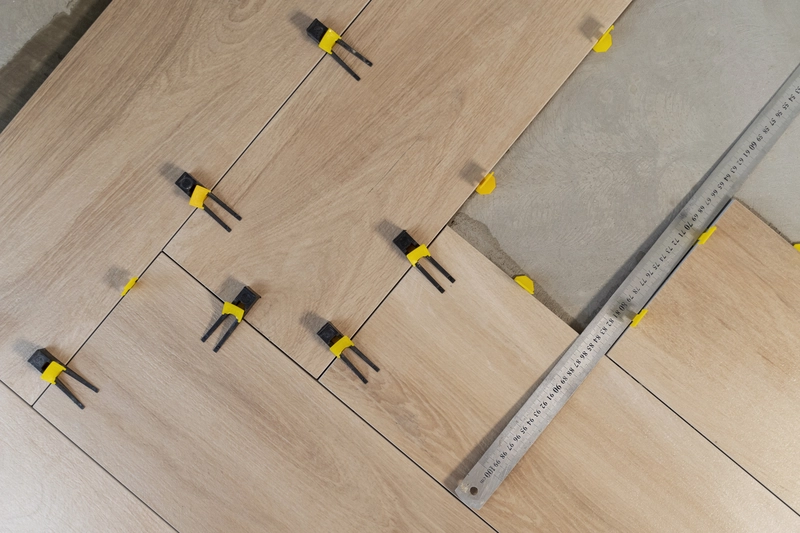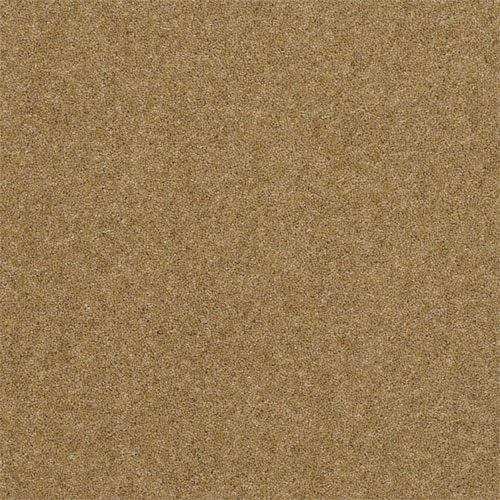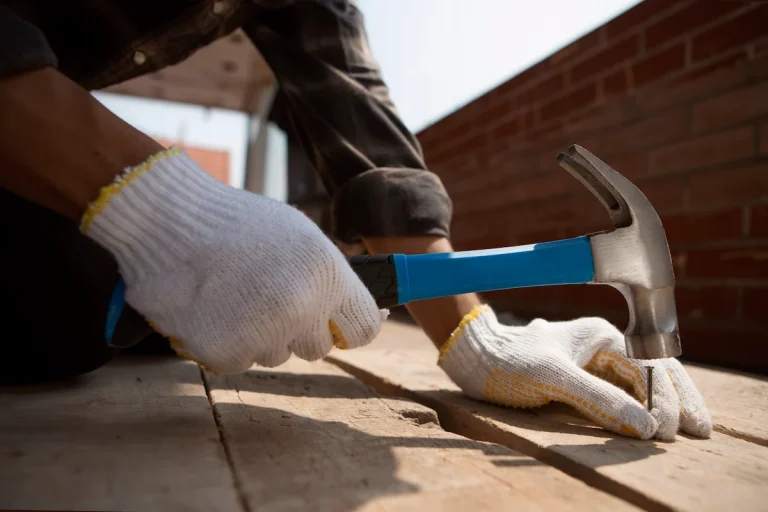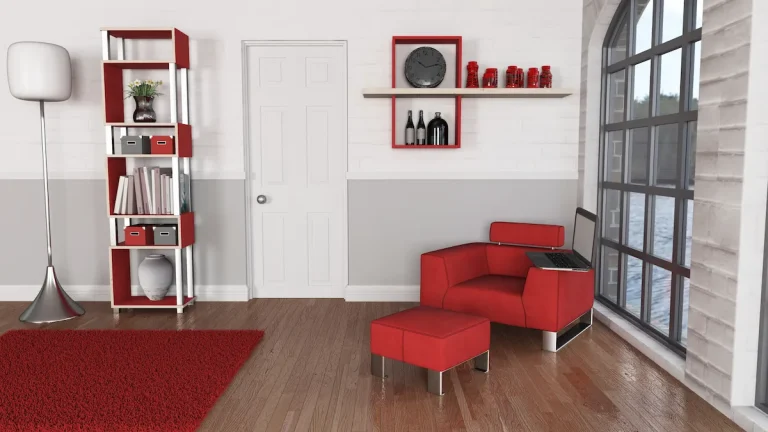Laminate flooring presents an appealing and durable choice for many homeowners; however, it may occasionally encounter challenges, such as expansion and structural issues. Comprehending the nature of laminate flooring and its operational mechanisms is crucial for preventing potential issues, including understanding proper precautions and installation tips.
This article examines the causes of laminate flooring expanding, including moisture levels, temperature changes, and improper installation, and outlines the signs to monitor. Furthermore, it offers practical recommendations for prevention, such as underlayment recommendations and humidity control, and outlines the necessary steps to take if flooring expansion occurs in laminate flooring.
What Is Laminate Flooring?
Laminate flooring is a versatile and popular choice for homeowners, constructed from layers of high-density fibreboard (HDF) or medium-density fibreboard (MDF), topped with a photographic layer that simulates wood, stone, or other materials, enhancing the flooring’s appearance and durability.
Its durability and aesthetic appeal make it suitable for various home conditions, including kitchens and bathrooms, offering a composite solution that balances style and functionality, ensuring flooring suitability for diverse environments.
How Does Laminate Flooring Work?
Laminate flooring operates through a unique interlocking system that allows for easy installation, often requiring the use of underlay to create a moisture barrier and provide cushioning, essential for flooring installation.
This type of flooring can be installed in various indoor conditions, but it is crucial to acclimate flooring materials before installation to prevent future expansion and structural issues, ensuring flooring durability.
Causes of Laminate Flooring to Expanding
Why does laminate flooring expand? Laminate flooring expands primarily due to environmental factors such as temperature changes and moisture levels, which can cause the materials, especially high-density fibreboard and medium-density fibreboard, to swell or contract, impacting the overall integrity and appearance of the flooring.
Understanding these causes is essential for maintaining flooring durability and avoiding cascading problems like buckling and warping, thus enhancing flooring maintenance practices.
1. Moisture and Humidity
Moisture and humidity are critical factors that can lead to laminate flooring expansion, as excessive moisture levels can penetrate the flooring materials, causing them to swell, while high humidity levels can exacerbate these effects, necessitating effective humidity control solutions and leaving an appropriate expansion gap during installation to prevent structural issues.
Understanding how these elements impact laminate flooring is essential for maintaining its durability and aesthetic appeal, ensuring flooring suitability in diverse conditions. Prolonged exposure to high moisture levels can result in irreversible damage, such as warping and buckling. To combat these issues, consider implementing the following moisture control methods and flooring solutions:
- Install underlay that includes moisture barriers.
- Maintain indoor humidity levels between 30% and 50%.
- Utilise dehumidifiers in areas prone to excess moisture.
It is crucial to leave an expansion gap during installation, typically around 6 mm from walls and fixed objects, to allow for natural movement and prevent flooring expansion. This attention to detail can significantly prolong the lifespan of laminate flooring.
2. Improper Installation
Improper installation is a significant cause of laminate flooring expansion, as inadequate installation gaps can lead to structural issues and prevent the flooring from acclimating correctly, underscoring the importance of following proper installation tips and consulting with a flooring contractor for expert advice.
To ensure optimal performance, it’s vital to address common pitfalls that arise during the installation process. Many homeowners often overlook the necessity of leaving adequate expansion gaps, which are crucial for allowing laminate flooring to naturally expand and contract with changes in humidity and temperature, thus preventing expansion gaps from causing problems.
Failure to account for these installation gaps can lead to buckling and warping. It ultimately compromises the structural integrity of the flooring, indicating the need for flooring repair.
- Using improper materials or subfloor preparations
- Forgetting to acclimatise the flooring before installation
- Neglecting to read manufacturer guidelines thoroughly
It is advisable to engage with professionals who possess the experience and knowledge necessary to navigate these potential challenges, ensuring that the installation is executed smoothly and effectively, thereby reducing flooring costs in the long run.
3. Subfloor Issues
Subfloor issues play a crucial role in laminate flooring expansion, as imperfections or moisture in the subfloor can lead to uneven surfaces, causing the laminate planks to buckle or warp over time, making it essential to address these flooring solutions and subfloor imperfections during the installation process.
The significance of assessing the subfloor and implementing proper precautions cannot be overstated. For instance, if the subfloor contains excessive moisture, it creates an environment ripe for mould growth that not only affects the laminate but also poses health risks. To avoid complications, it is advisable to conduct a moisture test before installation. Any imperfections such as dips or curls should be corrected since they can result in problems later on.
- Utilising a self-levelling compound can help even out minor discrepancies.
- Implementing underlay can provide a buffer against potential moisture issues.
Taking these proactive measures ensures a smooth and lasting laminate flooring installation, allowing it to perform optimally and retain its appearance over time, thereby enhancing flooring features.
The Signs of Laminate Flooring Expanding
Identifying the signs of laminate flooring expansion is vital for maintaining the integrity and longevity of your floors, with common indicators including buckling, warping, and noticeable gaps between planks, prompting timely flooring repairs and proactive flooring adjustments.
1. Buckling or Warping
Buckling or warping of laminate flooring is a telltale sign of expansion, often resulting from excessive moisture or improper installation techniques that lead to structural issues, making it crucial to address these problems promptly.
When laminate flooring buckles or warps, it not only affects the aesthetic appeal of the space but also compromises its structural integrity over time, indicating the importance of flooring maintenance. Several factors contribute to this issue, including environmental factors such as:
- High humidity levels cause the laminate to absorb moisture.
- Inadequate acclimatisation before installation.
- Improper sealing of edges that allows moisture infiltration.
To mitigate these undesirable effects and tripping hazards, homeowners can take proactive measures such as:
- Using a dehumidifier in damp areas to maintain appropriate moisture levels.
- Ensuring proper ventilation in spaces like kitchens and bathrooms.
- Employing skilled professionals for installation to guarantee that best practices are followed.
By implementing these strategies, not only can one protect the flooring from buckling and warping, but also extend its lifespan significantly, enhancing both maintenance and usability, ensuring flooring durability.
2. Gaps Between Planks
Gaps between planks in laminate flooring can indicate expansion issues, often detracting from the flooring aesthetics and signalling that the expansion gap was not properly accounted for during installation, requiring flooring adjustments.
Proper installation techniques are crucial in preventing these unsightly gaps and ensuring laminate durability. Several factors contribute to this problem, including environmental changes like humidity or temperature fluctuations, which can cause the planks to expand or contract, affecting flooring suitability. If the flooring is laid too tightly against walls or fixtures, it may lead to pressure build-up and unwanted gaps.
To maintain a visually appealing surface, it is essential to consider the following:
- Ensuring adequate expansion space around all edges
- Using climate-controlled settings during installation
- Regularly inspecting the flooring for signs of wear
Addressing these elements can significantly improve both the durability and the appearance of laminate flooring, preserving its charm over time and reducing the need for frequent flooring repair.
3. Squeaking or Creaking Sounds
Squeaking or creaking sounds when walking on laminate flooring can be a sign of expansion, often occurring due to friction between the planks or their interaction with the underlayment, necessitating appropriate flooring solutions and expert advice to minimise these noises.
These unsettling noises, while seemingly minor, can indicate underlying issues that may compromise the integrity and appearance of the flooring over time. Expansion can be influenced by environmental factors such as humidity and temperature changes, which cause the laminate to swell and contract. To address these unwelcome sounds, homeowners often turn to a variety of solutions that include:
- Ensuring proper installation with adequate expansion gaps around the perimeter of the room, especially when using laminate beading for finishing.
- Utilising a high-quality underlayment that absorbs sound and minimises friction, such as those made from composite materials.
- Applying paraffin wax or lubricant between the planks to reduce friction.
- Regular maintenance that includes monitoring moisture levels in the home, which can prevent issues with high-density fiberboard cores.
By taking these precautionary measures, one can significantly decrease the chances of experiencing disruptive squeaking and prolong the lifespan of laminate flooring.
How to Prevent Laminate Flooring Expanding
Incorporating practical solutions and techniques is key to ensuring that laminate flooring remains stable and visually appealing.
Preventing laminate flooring expansion requires proactive measures such as acclimatising the flooring before installation, ensuring proper installation techniques, and addressing potential subfloor issues that could compromise the flooring’s integrity and durability over time.
1. Acclimatising the Flooring
Acclimatising laminate flooring is a crucial step in the installation process, allowing the planks to adjust to the humidity levels and temperature of the home environment, thereby reducing the risk of expansion post-installation. This is particularly important for products made with medium-density fiberboard or high-density fiberboard cores.
Ensuring that the laminate adjusts properly is essential for long-term performance and aesthetic appeal. Typically, it is recommended that the laminate flooring be left to acclimatise in the installation area for at least 48 hours before laying it down. This allows the material to reach equilibrium with the moisture levels of the surrounding environment.
A significant emphasis should be placed on controlling humidity during this time, ideally keeping it within the range of 30% to 50%. Failing to do so can lead to uneven expansion or contraction once installed.
- Before acclimatising, ensure the flooring is stored in a position that allows for adequate air circulation.
- Keep the room temperature consistent, ideally between 18°C and 30°C.
- Use a moisture meter to regularly check for appropriate levels.
By following these best practices, homeowners can achieve optimal results and extend the lifespan of their laminate flooring.
2. Proper Installation
Proper installation of laminate flooring is essential for preventing expansion issues, as following installation tips and guidelines can help ensure that the flooring is laid correctly, reducing the risk of structural problems in the future.
To achieve the best results, it is crucial to consider various factors that contribute to the integrity of the flooring. Hiring a qualified flooring contractor can make a significant difference, as their expertise ensures that all aspects of the installation are thoroughly addressed. Proper acclimatisation of the laminate planks to the room’s temperature and humidity beforehand can prevent warping over time.
Here are some key elements to keep in mind:
- Ensure the subfloor is clean and level before laying the laminate.
- Use an underlay to provide cushioning and moisture protection.
- Follow the manufacturer’s guidelines strictly for expansion gaps along walls.
These techniques, combined with professional advice, will foster longevity and maintain the aesthetic appeal of the flooring.
3. Addressing Subfloor Issues
Addressing subfloor issues before installing laminate flooring is critical, as a poorly prepared subfloor can lead to structural issues, making it vital to implement flooring solutions that ensure a level and dry surface. Using carpet grippers or vinyl flooring as part of your preparation can aid in achieving a stable base.
Ensuring the integrity of the subfloor is paramount not only for the longevity of the laminate but also for the comfort of those who walk on it. A subfloor that is uneven or damp can result in a host of complications, including warping, peaking, and squeaking, which ultimately detracts from both aesthetics and safety.
Before installation, it is advisable to conduct a thorough assessment, considering factors such as:
- Moisture levels, which can lead to mould growth and deterioration.
- Levelness, as even minor deviations can impact the appearance and performance of the flooring.
- Structural soundness, to avoid any future safety concerns.
By identifying and addressing these potential issues ahead of time, property owners can ensure a smooth installation process and extend the life of their flooring investment.
What Should You Do If Your Laminate Flooring Expands?
If you notice that your laminate flooring has expanded, it’s essential to first identify the cause of the expansion before taking steps to fix the issue, which may include replacing damaged flooring or making necessary adjustments to restore the floor’s integrity. Consider scheduling a home appointment with a professional to assess the situation thoroughly.
1. Identify the Cause of Expansion
Identifying the cause of laminate flooring expansion is crucial for effective resolution, as environmental factors such as moisture levels and temperature changes can be responsible for the issue, necessitating a thorough investigation.
To begin resolving this problem, homeowners should adopt a systematic approach that involves careful examination of both moisture levels and temperature fluctuations in their living spaces. One effective method is to:
- Inspect rooms for signs of water intrusion, such as leaks from windows or plumbing fixtures.
- Use a moisture meter to check subfloors, ensuring they are within the recommended range for laminate flooring.
- Monitor indoor humidity levels with a hygrometer, aiming to keep them between 30% and 50%.
Understanding how localised conditions—such as proximity to heaters or air conditioning units—affect the flooring can also provide insights into managing the expansion issue effectively.
2. Fix the Issue
Fixing the issue of laminate flooring expansion often involves implementing flooring solutions that may include levelling the subfloor, adjusting installation gaps, or even replacing damaged sections to address any underlying structural issues.
Addressing these challenges requires a strategic approach, which can greatly enhance the longevity of the flooring. For instance, proper moisture control is crucial, as excess humidity can lead to unintended expansion. Owners can:
- Assess the Environment: Regularly check for changes in humidity and temperature, understanding that laminate can contract or expand based on these factors.
- Utilise Expansion Gaps: Ensure that adequate space is left between the flooring edges and walls to allow for natural movements.
- Inspect and Repair: Routinely examine for any warped boards or seams that may require immediate attention to prevent further damage.
Ultimately, being proactive about these aspects will provide lasting benefits, maintaining the aesthetic and functional qualities of laminate flooring.
3. Replace Damaged Flooring
Replacing damaged laminate flooring may be necessary if the expansion has resulted in significant buckling or warping, which can affect flooring maintenance and incur additional flooring costs, emphasising the need for timely intervention.
When homeowners notice these defects, immediate action is crucial to prevent further damage. The process begins with a thorough assessment to determine the extent of the damage.
Essential steps include:
- Removing any furniture or rugs to access the affected area.
- Assessing moisture levels, as high humidity can exacerbate these issues.
- Calculating the total replacement cost, which can include materials, labour, and disposal of old flooring.
Replacement can be a significant investment, but it serves as a vital part of long-term flooring maintenance, ensuring aesthetic appeal and preventing future costs associated with neglect.
With proper installation and quality materials, you can avoid common issues, such as laminate flooring expanding, and enjoy the full benefits. If you’re looking for expert guidance and premium laminate options, TEKA Flooring offers top-quality laminate products and professional fitting services to bring style and durability to your space. Transform your floors with TEKA Flooring—your trusted partner for beautiful, resilient flooring solutions.
Read also:

































